The 2012 MacBook Air (11 & 13-inch) Review
by Anand Lal Shimpi on July 16, 2012 12:53 PM EST- Posted in
- Apple
- Mac
- MacBook Air
- Laptops
- Notebooks
Keyboard and Trackpad
The keyboard on the 2012 MacBook Air is the same as the 2011 model. You get a full sized keyboard on both the 11 and 13-inch models, with the alphanumeric keys measuring ~15 x 15mm. The function keys are half height on the 13 and even smaller on the 11, but there's no sacrifice in key size otherwise. Key travel and physical feedback are both as good as they can get on a chiclet-style keyboard. As Apple has now fully transitioned to this style of keyboard across all of its Macs, I can't really say I have any complaints about it. Apple's keyboard remains one of the best on the market.
The dedicated power button from the older Macs is gone and replaced with a power key that looks like another function key. The power key is functionally no different than the old power button - tap to turn on, hold to power down in the event of a hard lock.
The 2012 keyboard is nicely backlit, just like on every MacBook Air but the 2010. Apple offers fine grained controls over the keyboard backlight (16 adjustable levels). You can either choose to control it on your own or let the ambient light sensor control the intensity of the keyboard's backlight.
We spend so much time pointing out poor clickpads in the latest Ultrabooks that it's important to mention just how good the clickpad is in the MacBook Air. Apple continues to use the top hinged design on its glass covered clickpad. Clicks are easier towards the bottom of the pad than at the top where the hinge is. The clickpad is glass covered which makes it very smooth and comfortable to use. Finger rejection is handled extremely well under OS X, accidental clicks are very rare. I typically keep my thumb on the clickpad, near where the right mouse button would traditionally be, and mouse around with my index finger. While I normally have issues with this usage model on most of the clickpads I use, Apple's implementation is both the exception and the benchmark. It just works.
USB 3.0 Performance
USB 3.0 is alive and well on the new MacBook Air. Both ports support the standard and both OS X and the hardware supports the USB Attached SCSI Protocol (UASP). I have noticed that USB device compatibility is more finicky on the MacBook Air compared to the rMBP. Most devices seem to work fine but Kingston's HyperX Max 3.0 for example wouldn't work, although it worked fine on the rMBP. The hardware is actually detected by OS X, the drive simply never appears to Disk Utility or in Finder. A few folks have noticed something similar with other drives on Apple's support forums but the issue doesn't seem to have widespread implications.
USB 3.0 performance however is just as good as on the rMBP. I still need to grab a UASP enabled USB 3.0 device with 6Gbps SATA support to really stress the interface, but using Seagate's GoFlex USB 3.0 drive and a Kingston HyperX SSD in place of the mechanical drive I'm able to hit around 260MB/s:

Thunderbolt support comes courtesy of a 4-channel Cactus Ridge controller. The Thunderbolt port continues to be on the opposite side of the machine from the power connector. Anyone who owns a Cinema or Thunderbolt Display will bemoan the continued use of this configuration.
FaceTime HD Camera
Last year Apple introduced a 720p FaceTime HD camera to its MacBook Pro. The 2012 MBA inherits the same camera. Image quality remains acceptable as long as you're in a room with not terrible lighting.
Most of the Ultrabooks I play with these days try to mimic the FaceTime HD experience by using a 720p sensor. Arguably just as important as the sensor is the software that goes along with it. Photo Booth and Apple's FaceTime app are both extremely simple and quick to launch. I can't stress the importance of getting little details like this right when selling to general consumers.
SD Card Performance
The SD card reader on the 13-inch MacBook Pro had no compatibility issues with Patriot's EP Pro UHS-I SD card. Max performance of the reader appears to be capped at 40MB/s however:
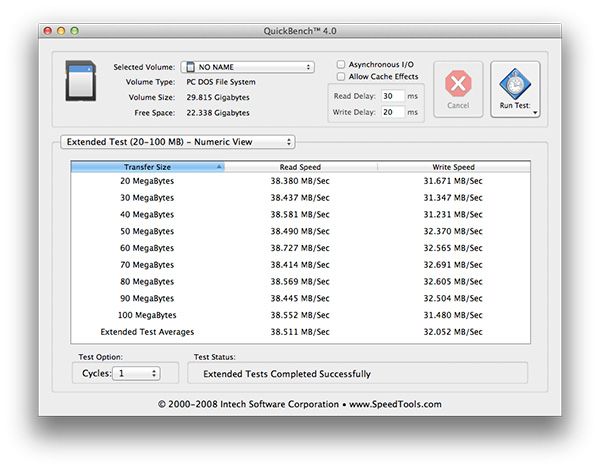
The rMBP by comparison can deliver more than 80MB/s in the read portion of this test. Even writes are faster at ~40MB/s on the rMBP compared to around 32MB/s here. It's a lot of these little things that contribute to the differences between Apple's MacBook Air and Pro lines.
WiFi Performance
Wireless connectivity remains unchanged from last year's model. Broadcom is on 802.11n WiFi duty with its BCM4322. Both 2.4GHz and 5GHz bands are supported. The same 2x2:2 configuration (2 send and receive antennas with 2 spatial streams) remains from last year as well.

I ran the 13-inch MacBook Air through the same three location WiFi test that I put the rMBP and 2011 MBP through, on both 5GHz and 2.4GHz. Performance on 2.4GHz was unusually low on the Netgear WNDR4500 I usually test with (10 - 20Mbps regardless of location) so I had to switch to the previous generation Apple Time Capsule to ensure there was nothing wrong with the notebook itself. All of the 2.4GHz MBA numbers have a star next to them to indicate that they aren't totally comparable as they're using a different AP. The 5GHz numbers all came from the Netgear however.
| Location 1 | Location 2 | Location 3 | |
| 2011 MacBook Pro (2.4GHz) | 124.0 Mbps | 12.6 Mbps | 61.6 Mbps |
| Retina MacBook Pro (2.4GHz) | 117.9 Mbps | 87.6 Mbps | 44.0 Mbps |
| 2012 MacBook Air (2.4GHz) | 95.7 Mbps* | 75.2 Mbps* | 31.2 Mbps* |
| 2011 MacBook Pro (5GHz) | 186.8 Mbps | 154.6 Mbps | 24.7 Mbps |
| Retina MacBook Pro (5GHz) | 227.7 Mbps | 156.8 Mbps | 33.7 Mbps |
| 2012 MacBook Air (5GHz) | 159.4 Mbps | 97.0 Mbps | - |
Overall WiFi performance is decent but obviously not as good as what you get from a MacBook Pro. Looking back at the results I almost wonder if the 2011 MBP wasn't showing some of these weird 2.4GHz issues on the Netgear router as well.
In the best conditions on 5GHz you can hit around 160Mbps, but you pretty much have to be right next to a good AP for that to work. Across a large room or in an adjacent one just under 100Mbps is possible on 5GHz as well. Go further out and you'll have to switch over to 2.4GHz.
There are no wired network options by default, however Apple's Thunderbolt to Gigabit Ethernet adapter works just fine on the new Air as well as the rMBP.
MagSafe 2
MagSafe 2 makes an appearance on the new MacBook Air, although it's curiously absent from the non-retina MacBook Pro. Eventually I'd expect all Macs to use MagSafe 2. The current state of things is likely temporary fragmentation. Similar to the rMBP, the actual power adapters themselves haven't changed: 45W is all you need for both systems.
Ivy Bridge on Air
Apple keeps its CPU options pretty simple and straightforward. You get a choice of three different CPUs, all dual-core, all rated at a 17W TDP. The Core i5-3317U comes standard in the 11, the i5-3427U comes with the 13, and both systems can be upgraded to the Core i7-3667U.
The breakdown between the chips is below:
| Apple 2012 MacBook Air Comparison | |||||
| 1.7GHz dual-core | 1.8GHz dual-core | 2.0GHz dual-core | |||
| Standard On | 11-inch MBA | 13-inch MBA | Optional for Both | ||
| Intel Model | Core i5-3317U | Core i5-3427U | Core i7-3667U | ||
| Base Clock Speed | 1.7GHz | 1.8GHz | 2.0GHz | ||
| Max SC Turbo | 2.6GHz | 2.8GHz | 3.2GHz | ||
| Max DC Turbo | 2.4GHz | 2.6GHz | 3.0GHz | ||
| L3 Cache | 3MB | 3MB | 4MB | ||
| AES-NI | Yes | Yes | Yes | ||
| VT-x | Yes | Yes | Yes | ||
| VT-d | Yes | Yes | Yes | ||
| TDP | 17W | 17W | 17W | ||
| Processor Graphics | Intel HD 4000 | Intel HD 4000 | Intel HD 4000 | ||
| GPU Clock (Base/Max) | 350/1050MHz | 350/1150MHz | 350/1150MHz | ||
The Core i7 upgrade is likely worth it if this is going to be your primary system for an extended period of time, particularly if it's acting as a desktop replacement. As a mobile device the standard CPUs are quite fast. If you're an annual upgrader, save your money, but if you're going to hold onto the system for a while and do a lot of heavy work on it, the upgraded CPU is probably worth it.
There is a known bug with the upgraded CPU under Windows today. Turbo Boost is disabled under Windows on the 3667U, although it's fully functional under OS X. Apple is aware of the problem and I'd expect a fix at some point, but there's no indication of when.


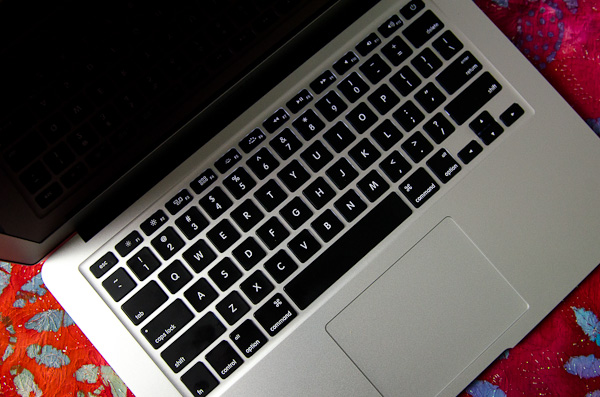
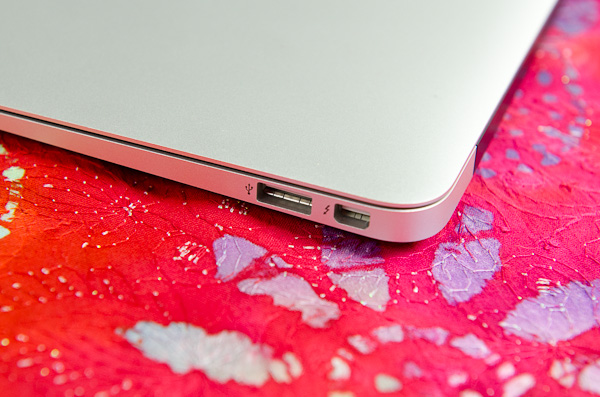

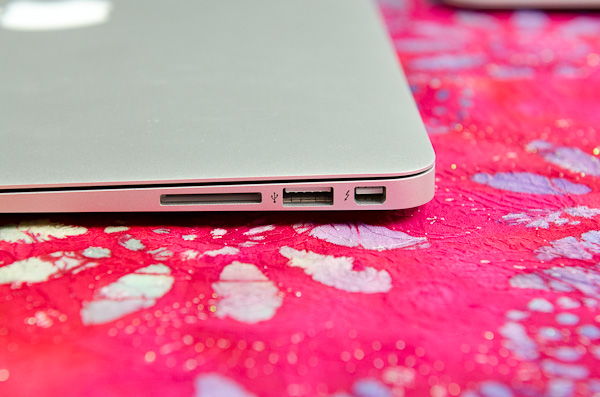
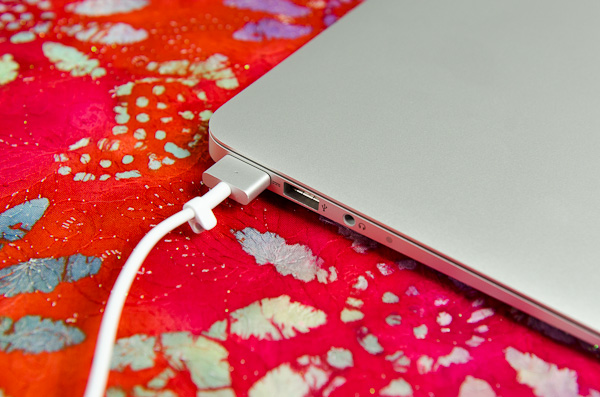








190 Comments
View All Comments
phillyry - Tuesday, March 26, 2013 - link
Windows 8 is meant to be an OS for all. A hybrid OS, if you will.RT is not meant to be solely compared to iOS and Android, that's where Windows Phone 8 comes in. Hence, the name 'Phone' ascribing it to mobile (smartphones).
The whole point of Windows 8 is to blur the lines between laptop and desktop and tablet. Microsoft sees an opportunity to capitalise on a market by creating a new way of computing. The lines between RT and Pro are meant to be blurred. That's the point. That's where all these class defining devices like the Transformer line or the Lenovo IdeaPad Yoga come in. Microsoft wants you to rethink the PC in the 'post-PC' era. They want you to blend you laptop/desktop into your tablet. Or, better yet, buy a Surface.
Spunjji - Tuesday, July 17, 2012 - link
"Unlike other OEMs"This statement qualifies you as a troll. Good day, sir!
Romberry - Tuesday, July 17, 2012 - link
Bootcamp for running Windows results in a host of issues. (I can't speak to whether these same issues apply to Linux, but I expect they do.) Example: Battery life will decline by 20-40 percent.The issues aren't related to other OS's like Windows and Linux, they're related directly to Apple's implementation of..well...I'll let a commenter at Ed Bott's place spell it out: "they use an unoptimized BIOS software emulation for non-OS X operating systems, and as such, the drivers don't take advantage of a lot of PC standards like AHCI or full-speed PCI-e in anything except their own OS. The PnPID's that they use don't match generic hardware using the same vendor's chips so you need to get almost all drivers direct from Apple and they don't update them enough to make it worthwhile running Windows on their machines."
KPOM - Tuesday, July 17, 2012 - link
The current Boot Camp drivers enable AHCI.That said, If I'm an Apple customer, chances are pretty good I'd rather have them spend their time supporting OS X than Windows.
ananduser - Tuesday, July 17, 2012 - link
Apple's AHCI drivers are generic. Among laptop computers these drivers are very model specific, to the extreme; even between a single OEM's lineup these drivers differ. This is why bootcamp delivers battery penalties.KPOM - Tuesday, July 17, 2012 - link
I didn't say Apple's drivers were optimized for Windows. I said that they enable ACHI. They are getting better, but they don't optimize all their drivers. There is nothing stopping the individual device manufacturers themselves from writing new drivers, but I'm guessing they have little incentive to do so, as well.Microsoft yesterday announced a brand new version of Office. However, they didn't announce a Mac version, instead offering a quick fix to make the current Mac version work with their cloud product. Office 2008 didn't even support VBA. They make Office for Mac available but don't optimize it for OS X. I don't blame them, since the Mac isn't a big market for them. Similarly, few people who buy Macs intend for them to be primarily Windows PCs. Apple adds Windows support to provide basic support for people who need to use Windows sometimes.
tuxRoller - Tuesday, July 17, 2012 - link
It can run Linux, just not always terribly easily. I even wonder if it gimps windows a bit.You see, I really wish another manufacturer would look at Apple and realize they can do the same thing (purely in terms of hardware). Nothing particularly innovative, and always just about the most conservative design one can imagine. However, they actually put together a good product (again, purely from a hardware perspective) that no one else seems to be able to match.
Superb build quality, nicely spec'd internals, good screens, great battery life, good touchpad, decent keyboard, and the prices are quite reasonable. To anyone who doubts the later, here's a challenge: find a laptop that is as good as this Air (I haven't been able to find one yet at any price, but maybe there are some niche companies I'm not aware of). The one's that come closest, IMHO, are the lenovo X220/230, but while they have technically better screens (being ips), they are pretty low res. The HP Elitebooks offer some amazing screens but not so much battery life, price, or keyboard (IMHO).
Anyways, despite making superb laptops, I will not purchase any Apple product. So, I am still waiting for an oem to realize that there is a market for really well made pcs, but they can't forget ANY of the formula above (Asus, I'm looking at you with your bleeding screens, and average battery life and ssd).
Please Mister OEM-Man, let me give you my money:)
MobiusStrip - Wednesday, July 18, 2012 - link
First to be derided as a dumbshit?abrowne1993 - Monday, July 16, 2012 - link
I know you did a prerelease review for the UX21A, but it'd be nice to have a full review of the shipping 13 inch model, especially since comparisons could be drawn to the new MBA now. I liked that the screens were compared in this review.Anand Lal Shimpi - Monday, July 16, 2012 - link
I'm working on the UX32 now, Jarred will be doing the final UX31A :)Take care,
Anand